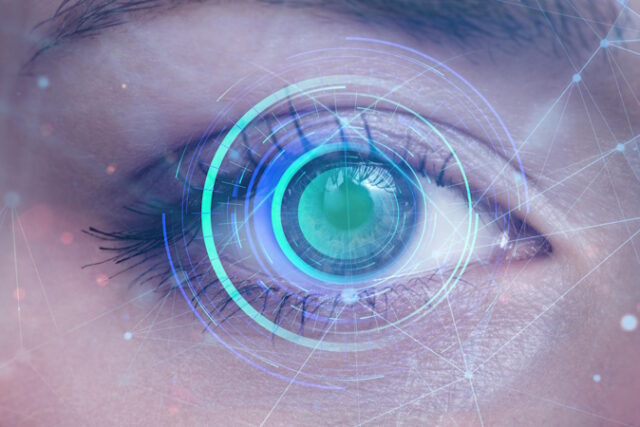
By Andrew Zaleski
As a child, Max Hodak learned to develop film in a darkroom with his late grandfather who was almost blind.
Hodak’s grandfather had retinitis pigmentosa, a congenital disease that affects one out of every 5,000 people — more than 2 million worldwide. Most people with the condition are born with their sight intact. Over time they lose peripheral vision first, then central vision, and finally, their sight, sometimes as early as middle age.
“He clearly had this career and was a photographer, and I saw that,” Hodak said of his grandfather, who became an aerospace engineer and briefly worked on heat shields for spacecraft. “But most of my memories as a kid was that he was pretty profoundly blind.”
All are basing their work on a research tool in neuroscience called optogenetics, a form of gene therapy that delivers proteins called opsins via injection into the eye to boost the light sensitivity of cells in the retina, the layer of tissue at the rear of the eyeball.


Therapeutic optogenetic therapy for vision restoration certainly has promise, according to Anand Swaroop, a senior investigator at the National Eye Institute in Bethesda, Md., who has worked on inherited retinal degeneration for close to four decades. But there’s still room for improvement.
“At least at this stage, it seems to be very good in cases where someone is completely blind,” Swaroop said. “You should be able to find your way around. You’re not going to bump into things, which is great. But you’re not going to be distinguishing many different features.”
How optogenetics work
In normal vision, light enters the eye through the lens and forms an image on the retina. The retina itself is composed of several different types of cells, mainly photoreceptors. Photoreceptors are light-sensing cells shaped like rods and cones that contain opsins. Normally, photoreceptors convert light into electrical signals that travel to the retina’s ganglion cells, which in turn transmit those electrical signals via the optic nerve into the brain. That’s how you’re reading the words on this page right now.
Continue reading No subscription is needed
Disclaimer
The information contained in South Florida Reporter is for general information purposes only.
The South Florida Reporter assumes no responsibility for errors or omissions in the contents of the Service.
In no event shall the South Florida Reporter be liable for any special, direct, indirect, consequential, or incidental damages or any damages whatsoever, whether in an action of contract, negligence or other tort, arising out of or in connection with the use of the Service or the contents of the Service. The Company reserves the right to make additions, deletions, or modifications to the contents of the Service at any time without prior notice.
The Company does not warrant that the Service is free of viruses or other harmful components












